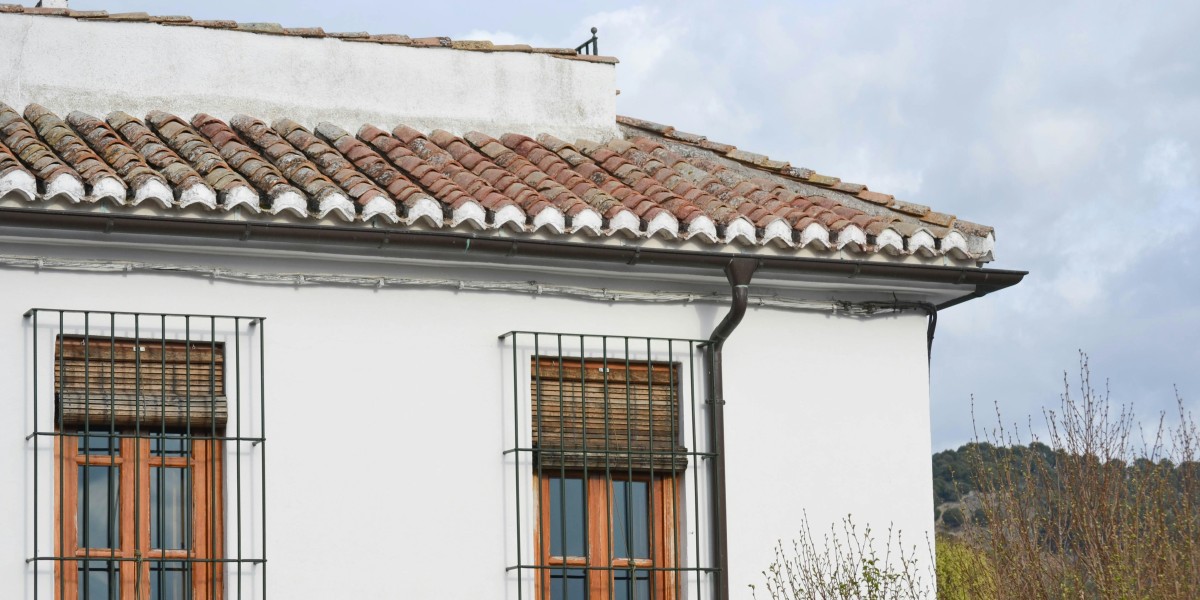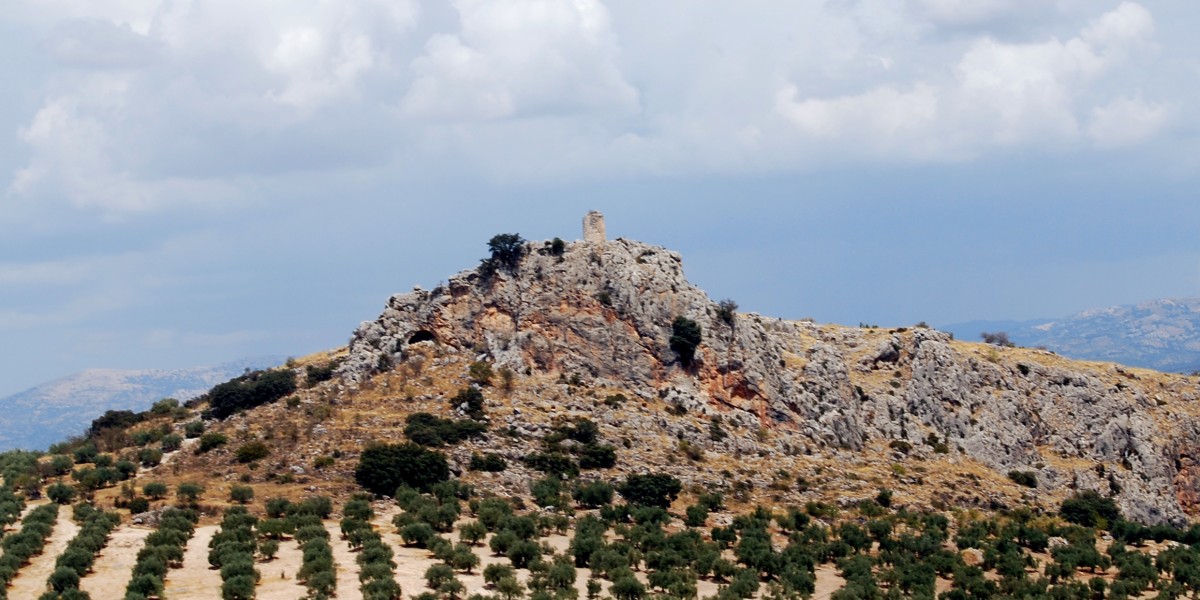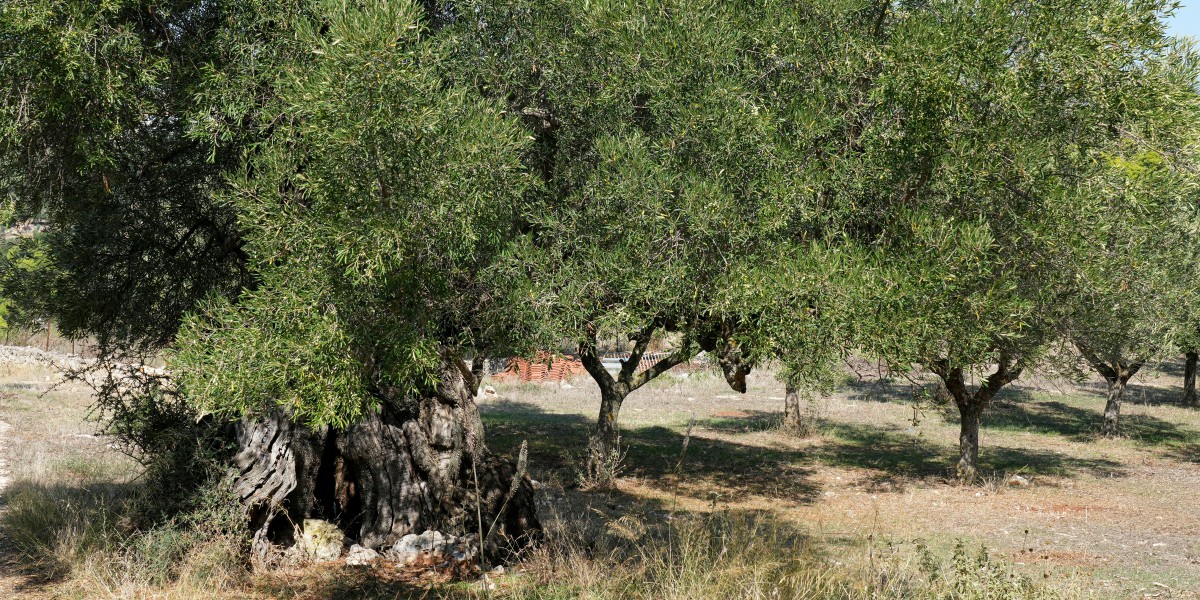
For anyone considering living in Moclín, it’s a small mountain village in Granada, Andalusia, that has recently popped up on the radar for many English speakers. You might have seen it on the BBC programme, Amanda and Alan's Spanish Job, where the presenters got stuck into renovating a rundown townhouse right in the village. Aside from its recent moment in the spotlight, Moclín is a place known for its impressive Moorish castle and its setting high above the region's olive groves.
What is Moclín known for?

Back in its heyday during the Nasrid dynasty, Moclín was a really crucial defensive spot. Known as the Shield of Granada, it was basically the main guard post for the northern route into Granada. The village is built right up on a hill, and from there you get these incredible, sweeping views over what feels like an entire sea of olive groves.
Moclín Castle and historic landmarks
The main landmark, and the one you can see from miles around, is the Moclín Castle. This well-preserved Moorish fortress is the crowning jewel of the village, with its defensive walls encircling the highest point. The castle was part of a wider surveillance network that included several ancient watchtowers, or atalayas, dotted across the nearby hills. You can still see many of these towers today, and some great hiking trails connect them, offering a real insight into the area's past.
What is life like in Moclín?

Life in Moclín is all about embracing a much slower, more traditional pace. It’s a world away from the bustle of a city like Granada. Your daily rhythm here is more likely to be set by the seasons than a packed calendar. The village is quiet, and the lifestyle is simple and centred around the local community. It’s proper mountain living, so if you love the idea of being surrounded by nature with endless hiking trails on your doorstep, you’ll feel right at home.
The community for foreigners living in Moclín
As for the expat scene, there’s a small but welcoming group of foreigners who have settled in Moclín, with a fair few Brits among them. It’s not a place with a massive expat bubble, though, so getting stuck into learning Spanish is pretty essential if you want to properly integrate and chat with your neighbours at the local bar. It’s a genuine Spanish village, so the social life is a real blend of locals whose families have been there for generations and the handful of international residents who have chosen to make it their home.
The property market in Moclín

As of July 2025, property prices in Moclín averaged around €929 per m². To put that into perspective, the most expensive municipality in the whole Granada province is Almuñécar on the coast, where prices are sitting at an average of €2,784 per m².
The housing here is mostly made up of those traditional, white-washed Andalusian terraced houses. If you’re up for a project, places needing a full renovation can start as low as €17,000. For a home that’s in a habitable state, you’d be looking at a starting price of around €90,000. If you have a larger budget, there are also detached villas for €300,000 and above, with some having their own pools.
B&Bs and short-term accommodation in Moclín
Before you take the plunge and start seriously looking at properties, it’s always a good idea to spend some time in the village to see if the quiet, rural life genuinely suits you.
There are a few B&Bs dotted around, which can be a great way to get some local insights from people who have already made the move. For a bit more independence, you will also find a good selection of holiday rentals in Moclín, which allows you to properly experience what day-to-day life could be like.
Moclín's location and transport connections

Moclín is situated in the Montes Orientales region, to the northwest of Granada city. Its location is a real mix of being properly rural while still having easy access to a major hub. You will definitely need a car to live here comfortably. Public transport is very limited, so for everything from your weekly shop to exploring the wider region, having your own transport is non-negotiable.
Travel from Moclín to Granada and Seville
The drive into the centre of Granada is straightforward and takes about 40 minutes. You’re never far from a city with an airport, a train station, big supermarkets, and all the bars and restaurants you could want. For a bigger trip, Seville is around a two-and-a-half-hour drive away, making it perfectly doable for a weekend away to explore another of Andalusia's great cities.
How far is Moclín from the beach?
You’re looking at just over an hour’s drive to get to the coast. The nearest stretch is the Costa Tropical, where you’ll find towns like Salobreña and Almuñécar. So, while you're living in the mountains, a day trip to the sea is very easy to manage.
Moclín's climate
Given its spot in the mountains, Moclín has a climate with real seasons. The summers are hot and dry, as you'd expect in Andalusia, but the altitude means the heat is often less intense than down in the city of Granada. The winters are properly cold, however, and you can expect sharp frosts, and it’s not unusual for the surrounding hills to be snow-dusted.
Pros and cons of living in Moclín

Every place has its good points and its little quirks, and Moclín is no different. To give you the full picture, here’s a look at what life there is really like.
Some of the main advantages of life in Moclín include:
- Affordable property: the cost of housing is significantly lower than in many other parts of Andalusia.
- A peaceful lifestyle: life here is slow-paced and genuinely Spanish, far from the busy tourist trails.
- Beautiful scenery: you are surrounded by incredible mountain landscapes, with plenty of opportunities for hiking and enjoying the outdoors.
- Proximity to Granada: you have the peace of the countryside while being only a short drive from the culture, amenities, and transport links of a major city.
On the other hand, a few of the challenges of rural life in Moclín are:
- Reliance on a car: owning a car is essential for everything from grocery shopping to socialising.
- Limited amenities: the village has basic services, but for major shopping, healthcare, or administrative tasks, you'll need to travel.
- Potential for isolation: the quietness can sometimes feel like isolation, especially during the winter months when the village is less active.

Stay in the know about living in Spain as a foreigner—get our weekly newsletter for the latest travel, legal, and lifestyle news.
For a taste of the high life, sign up for the monthly luxury market round-up.
